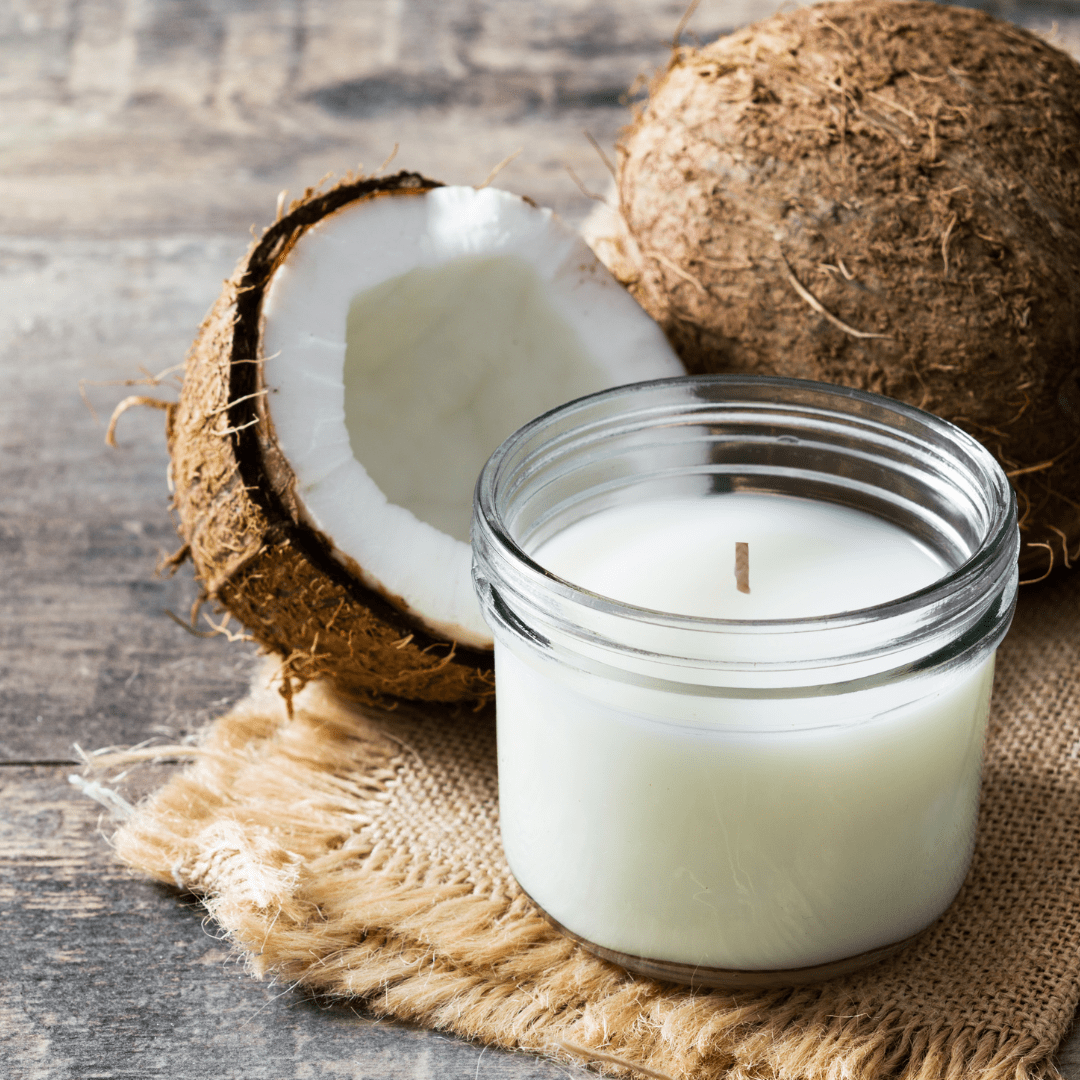Transform Your Home with Eco-Friendly Soy Candles and Home Fragrance
Transform Your Home with Eco-Friendly Soy Candles and Home Fragrance
Blog Article
From Wick to Wax: Recognizing the Chemistry Behind Soy Wax Candles and Their Ecological Impact
As we illuminate our rooms with the cozy glow of candles, there exists a world of elaborate chemistry behind the relatively basic act of lighting a soy wax candle light. The choice in between soy and paraffin wax extends beyond mere visual appeals, delving right into the world of ecological influence and the very structure of the materials. Comprehending the molecular framework of soy wax and its burning procedure sheds light on the emissions launched right into our environments. Join us as we unravel the scientific details behind soy wax candles and explore their ramifications on our setting.
Soy Wax Vs. Paraffin Wax
When comparing soy wax and paraffin wax for candle making, it is important to understand the distinct characteristics and benefits of each product. Soy wax is a natural, sustainable source obtained from soybean oil, making it environment-friendly and biodegradable - soy candles. On the other hand, paraffin wax is a result of petroleum refining, which increases problems about its ecological influence and sustainability
Soy wax candles shed cleaner and send out much less residue compared to paraffin wax candles, making them a much healthier option for interior air quality. In addition, soy wax has a reduced melting factor, allowing for a longer-lasting candle that disperses scent better. Paraffin wax, on the various other hand, has a tendency to shed faster and much less easily, possibly releasing unsafe chemicals right into the air.
From a sustainability perspective, soy wax is favored for its biodegradability and renewable sourcing, lining up with the growing customer preference for eco conscious products. While paraffin wax has been a typical option in candle light making due to its price and simplicity of use, the change towards green options like soy wax is getting momentum in the market.
Chemical Make-up of Soy Wax

Burning Refine in Soy Candles
The chemical composition of soy wax straight affects the burning procedure in soy candle lights, impacting elements such as melt time, scent launch, and ecological influence. When a soy candle light is lit, the heat from the flame thaws the wax near the wick. This fluid wax is then formulated the wick as a result of capillary action. As the fluid wax gets to the fire, it evaporates and undergoes burning. The burning process includes the vaporized hydrocarbons in the wax reacting with oxygen in the air to generate heat, light, water vapor, and co2.
The burning efficiency of soy candle see lights is influenced by the pureness of the soy wax and the quality of the wick. Additionally, soy wax candle lights have a lower ecological influence compared to paraffin candle lights due to their biodegradable and eco-friendly nature.

Ecological Benefits of Soy Wax

Considered a lasting choice to typical paraffin wax, soy wax supplies noteworthy ecological benefits that make it a popular option amongst eco-conscious customers. Soy wax burns cleaner and produces less residue than paraffin wax, adding to better indoor air high quality and lowering the demand for cleaning and maintenance. Generally, the environmental benefits of soy wax straighten with the expanding demand for lasting and environmentally friendly items in the market.
Recycling and Disposal Factors To Consider
Recycling and proper disposal of soy wax candles play a crucial role in keeping environmental sustainability and decreasing waste in areas and households. When it comes to reusing soy wax candles, the first step is to ensure that the candle has shed completely.

In terms of disposal, if recycling is not an option, soy wax candles are biodegradable and can be securely thrown away in a lot of household waste systems. It is always recommended to inspect with regional recycling centers or waste administration solutions for certain standards on candle disposal to make certain proper handling and environmental protection.
Final Thought
In verdict, the chemistry behind soy wax candle lights exposes their ecological advantages over paraffin wax candles. Soy wax, acquired from soybean oil, burns cleaner and creates less soot when contrasted to paraffin wax.
When comparing soy wax and paraffin wax for candle making, it is crucial to understand the distinct qualities and advantages of each material (soy candles).Soy wax candle lights melt cleaner and discharge less residue contrasted to paraffin wax candle lights, helpful hints making them a healthier option for interior air high quality.Considered a lasting choice to conventional paraffin wax, soy wax offers noteworthy ecological advantages that make it a prominent option among eco-conscious consumers. Soy wax burns cleaner and generates much less soot than paraffin wax, contributing to much better interior air top quality and minimizing the requirement for cleansing and maintenance.In final thought, the chemistry behind soy wax candle lights exposes their ecological advantages over paraffin wax candle lights
Report this page